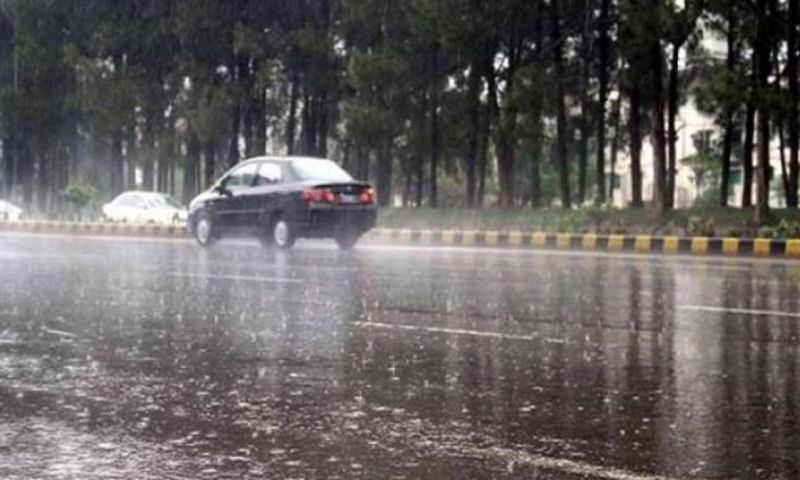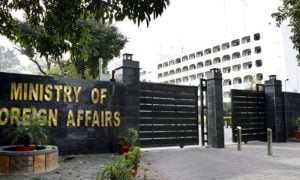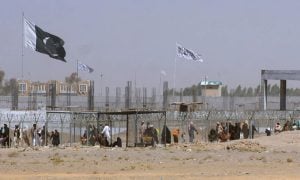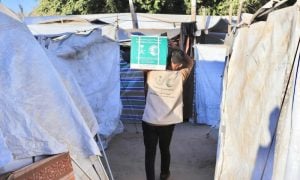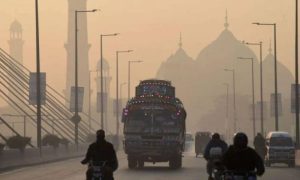ISLAMABAD: Pakistan’s monsoon season may extend until the end of September this year, rather than ending by mid-September as is typically expected, due to shifting weather patterns driven by climate change, meteorologists have said.
Weather experts, cited by Geo News, said that the monsoon system has so far had a limited impact on southern Pakistan, particularly in Sindh and parts of Balochistan, where rainfall has been considerably lower than in previous years.
Meanwhile, the monsoon currents have largely affected the northern and upper regions of the country, including Punjab and Khyber Pakhtunkhwa.
However, meteorologists expect a shift in wind direction beginning around 10 August, which may allow the monsoon system to gradually extend its influence to southern parts of the country by mid-August.
Meanwhile, Punjab’s Provincial Disaster Management Authority (PDMA) has issued an alert in anticipation of the sixth monsoon spell, warning of heavy rainfall in most districts of Punjab from 5 August.
These rains could lead to medium to high-level flooding in the Chenab and Jhelum rivers, as rainfall in August is forecast to exceed that of July.
The PDMA has advised commissioners and deputy commissioners across the province to remain vigilant and take preventive measures.
Rain is forecast for several districts, including Lahore, Faisalabad, Sialkot, Gujranwala, Bahawalpur, Dera Ghazi Khan, Rajanpur, and Murree, among others.
According to PDMA officials, a low-level flood is already occurring at the Khanki point on the Chenab River.
Similar conditions are reported in the Indus River at Kalabagh, Chashma, and Taunsa. Tarbela Dam is currently at 89 per cent of its storage capacity, while Mangla Dam stands at 61 per cent.
Water flows in the Jhelum, Ravi, and Sutlej rivers, as well as related hill torrents, are said to be within normal ranges.
Punjab’s Relief Commissioner, Nabeel Javed, has issued directives to all relevant administrative units to stay alert and ensure readiness.
The PDMA has also instructed civil defence, rescue services, and local authorities to complete necessary preparations in advance of the expected downpours.










